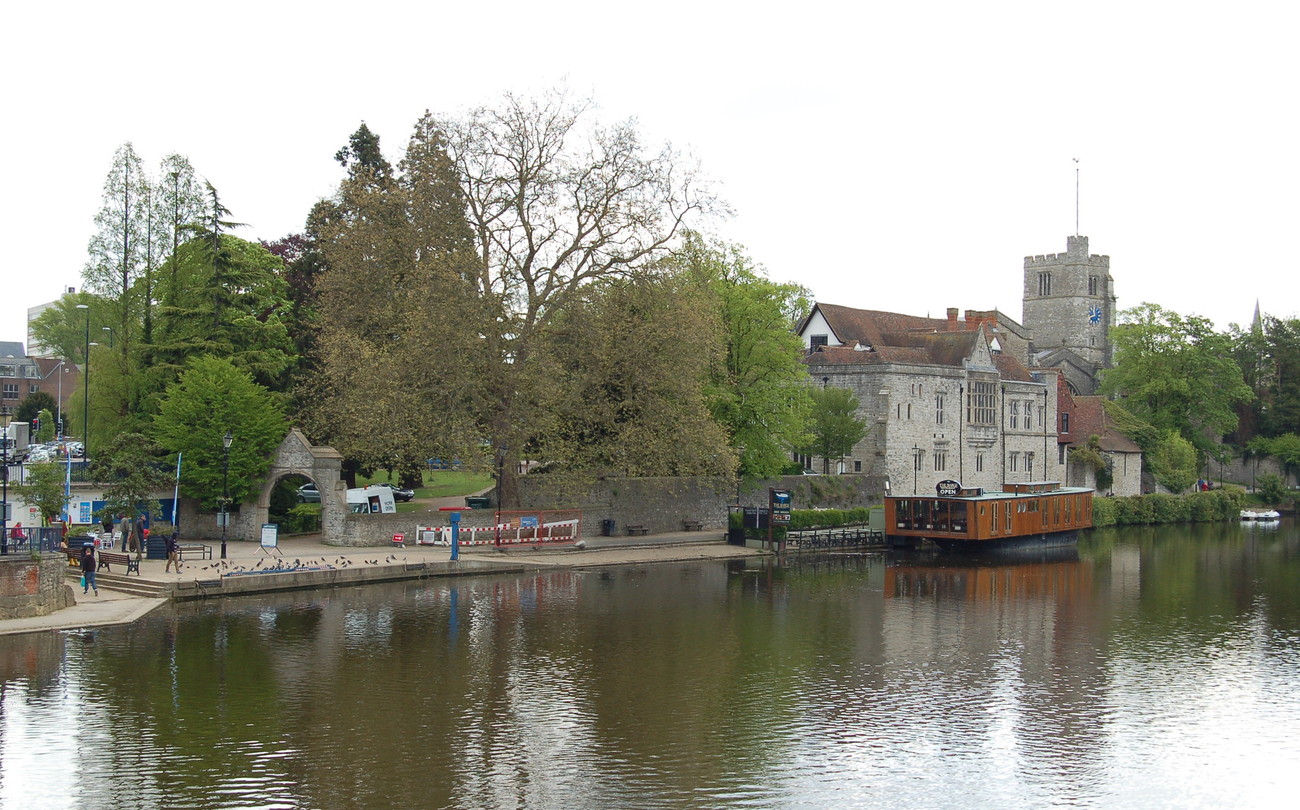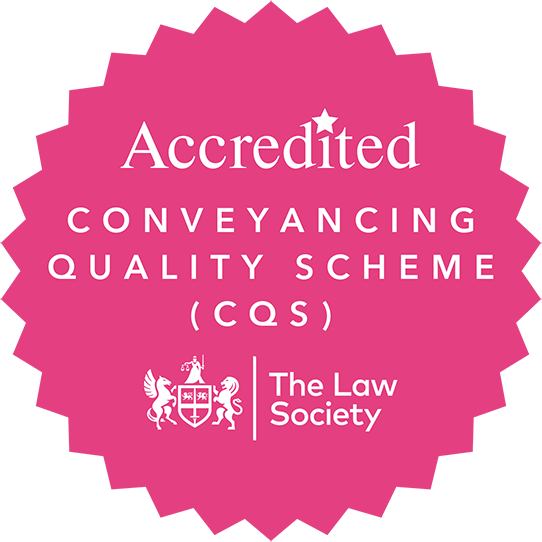Stamp duty and ‘mixed use’ land and property
A recent tax tribunal ruling highlights the confusion surrounding buying mixed use property or land and how much Stamp Duty Land Tax (SDLT) is payable. This decision clarifies what some people have seen as a ‘loophole’ and HM Revenue and Customs look closely at the amount of SDLT being paid on mixed use land and property transactions.
In the case of Myles-Till V Revenue & Customs Commissioners the homebuyer bought a residential cottage with a garden and an adjoining paddock measuring 1.1 acres. At the time of the purchase the paddock was separated from the garden with a hedge and fence but it was not being used for grazing at the time of the purchase. It had previously been owned and used for grazing by a local farmer until it was sold to form part of the property.
The question which was considered by the tribunal was if the paddock was used for agriculture which was evidenced by the estate agent’s particulars and a statement from a rural planning consultant describing it as agricultural.
The paddock was not in commercial use at the time of the purchase and the paddock’s size was comparable with the grounds of other similar residential properties in the local area. The tribunal therefore concluded that the paddock should have been treated as part of the grounds of the dwelling which meant the homeowner had to pay additional SDLT of £20,875 plus interest.
Understanding what you are buying and the rate at which you will have to pay SDLT is crucial as there is clearly a very big difference between the various bands.
How is stamp duty calculated on mixed use property?
Non-residential or mixed use land or property is defined by the Land Registry as including:
- Commercial property – ie shops or offices
- Property that isn’t suitable to be lived in
- Forests
- Agricultural land that is part of a working farm or used for agricultural reasons
- Any land or property that is not part of a dwelling’s garden or grounds
- Six or more residential properties bought in a single transaction.
Other factors which affect how much stamp duty you have to pay include;
- If you are a first-time buyer
- Replacing your main residence
- Buying an additional property
- If you are buying a residential or non-residential property
- If you are buying a leasehold or freehold property
Your solicitor will be able to advise you on how much stamp duty is payable and you can use the HMRC calculator at https://www.gov.uk/topic/business-tax/stamp-taxes Specialist advice might need to be sought by your solicitor in more complex cases.
Speak to our team today to help your next land or property move go smoothly.
Marianne Webb is a partner at Gullands Solicitors m.webb@gullands.com

 Close Menu
Close Menu




















